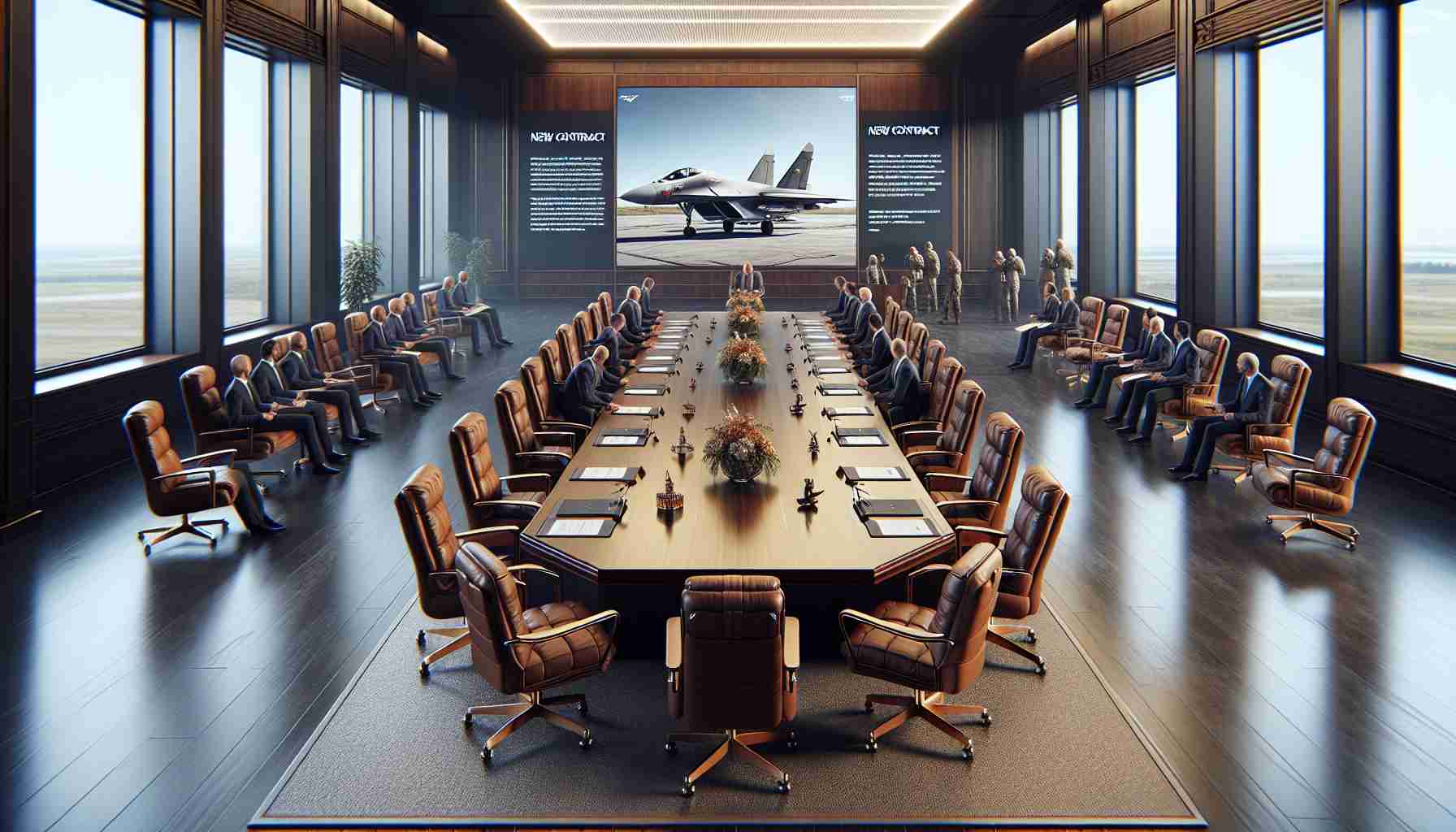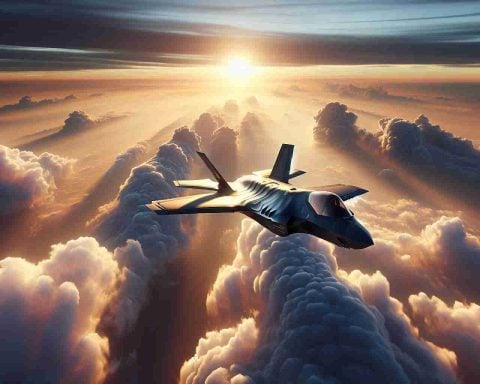The head of Russia’s “Rosoboronexport,” Alexander Mikheev, has announced new export contracts for the Su-57 fighter jet. This claim comes as a surprise, especially since Russia has struggled for years to find buyers for its military equipment, with the Su-57 being no exception.
For over a decade, Russia has attempted to market the Su-57 without much success. Initial attempts to sell the fighter date back to 2008 with a partnership with India’s Hindustan Aeronautics Limited on the FGFA project. However, India withdrew from the collaboration a decade later, citing unmet stealth and performance criteria.
Other potential buyers have emerged over the years but failed to reach any agreement. Turkey, once considered a likely customer, opted to develop its own fighter, the KAAN, instead. Similar interest from Vietnam, the UAE, and Iraq also never materialized into actual purchases.
Algeria was rumored to have contracted for 14 Su-57 jets in 2020, yet, no official confirmation followed. Recent reports suggest Algeria may have shifted interest to a different Russian model, the Su-35, although their decision remains uncertain.
Currently, two countries appear as plausible buyers. Iran, already acquiring Su-35s, might add Su-57s to its growing fleet. Meanwhile, North Korea’s leader, Kim Jong Un, toured a Russian aviation plant in 2023, hinting at potential interest as North Korean pilots are undergoing training in Russia.
The veracity of these contracts remains to be conclusively verified, leaving the aircraft’s export future an open question.
Is the Su-57 Fighter Jet a Game-Changer for Global Military Aviation?
The news of new export contracts for Russia’s Su-57 fighter jet has certainly raised eyebrows worldwide. But beyond the headlines, what does this development mean for the world of military aviation, and how could it affect the future of technology and international relations?
The Technological Edge of the Su-57
The Su-57 is Russia’s most advanced fighter jet, designed to rival the likes of the American F-35 and F-22. Engineered with stealth, agility, and advanced avionics, the Su-57 boasts capabilities such as high maneuverability, supersonic cruise speed, and sophisticated onboard weapons systems. Its development has been seen as a significant challenge to western air superiority.
However, questions remain about its operational readiness and technological competitiveness. Unlike the F-35, which enjoys a network of international partners and buyers, the Su-57 has struggled to gain substantial interest – until now.
Why the Struggle? Challenges Facing the Su-57
One major hurdle in marketing the Su-57 has been its cost and perception of reliability. Potential buyers are reportedly wary of investing in an aircraft that has not been fully tested in diverse operational theaters. Additionally, geopolitical tensions often impact military procurement, affecting whether countries are willing to engage in defense deals with Russia.
Another significant factor is the shifting focus towards developing indigenous defense capabilities. Many potential customers, like Turkey, are prioritizing the development of their own advanced jets, reducing reliance on foreign technology.
Implications for Global Military Dynamics
If contracts for the Su-57 are indeed realized, this could shift military balances in several regions. For instance, if Iran or North Korea officially acquires the Su-57, it will likely trigger responses from neighboring countries and alter strategic calculations across several contested areas.
Does the Su-57 Pose a Technological Threat?
While the Su-57 is touted as a technological marvel, experts debate whether its current version matches its intended prowess. Can it truly compete with the West’s latest fighters? This depends on the successful integration and operation of its technologies in real-world scenarios, not just theory.
The Future of Military Technology Development
The story of the Su-57 highlights a broader question facing military powers worldwide: What is the future of aerial combat technology? As countries plan for the future of warfare, they are weighed between investing in cutting-edge traditional aircraft versus exploring drones and autonomous systems equipped with AI.
Given these dynamics, military technology development is poised to advance rapidly with emerging technologies. Countries are continually vying to maintain or gain strategic edge, prompting innovations that could spill over into civilian technology sectors.
Related Links
For more background on military technology and international defense, you can explore more at these sites:
– Global News
– BBC
– Al Jazeera
Whether the Su-57 will see the skies under foreign flags remains a topic of anticipation. How the world responds could shape the next evolution of both military might and technological progress.



















